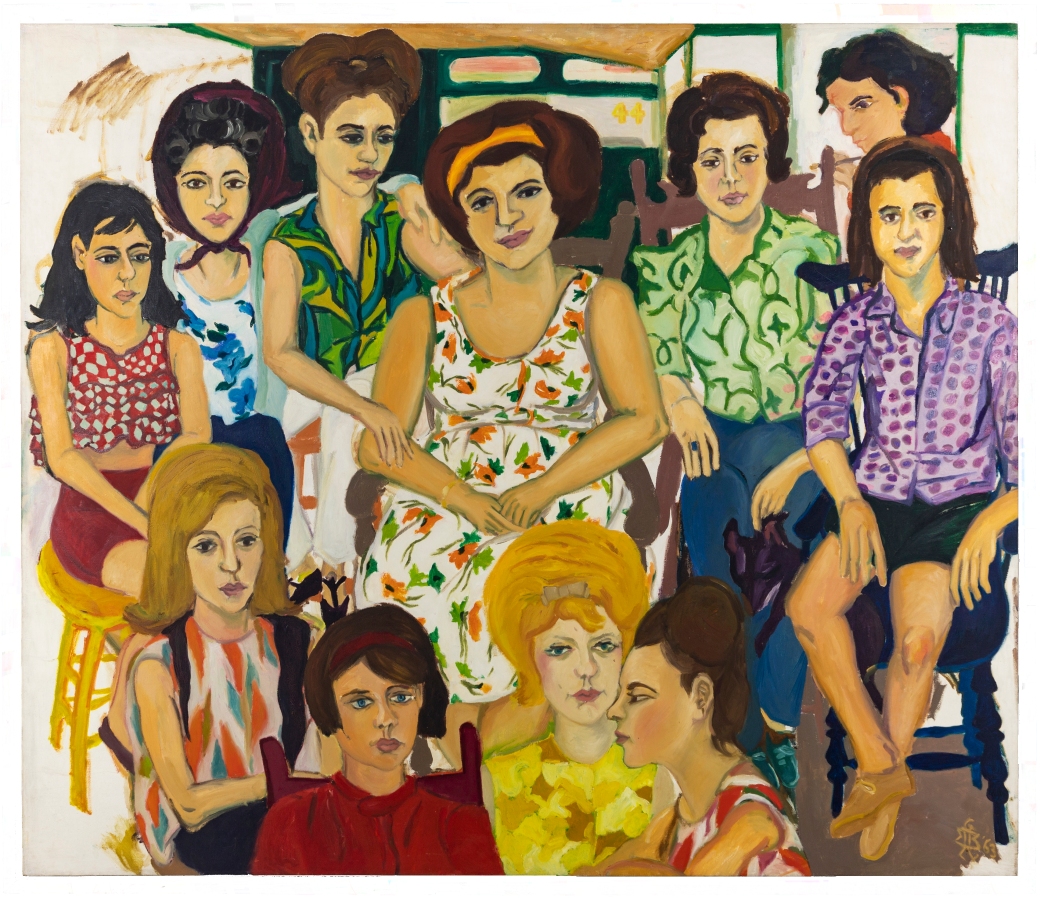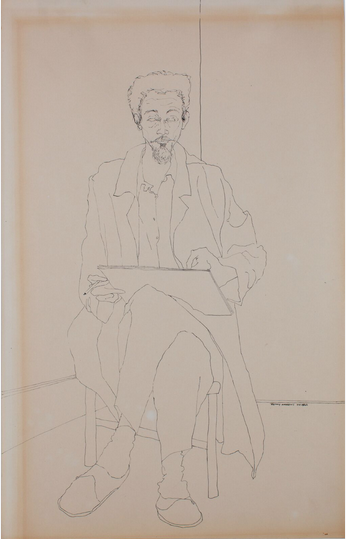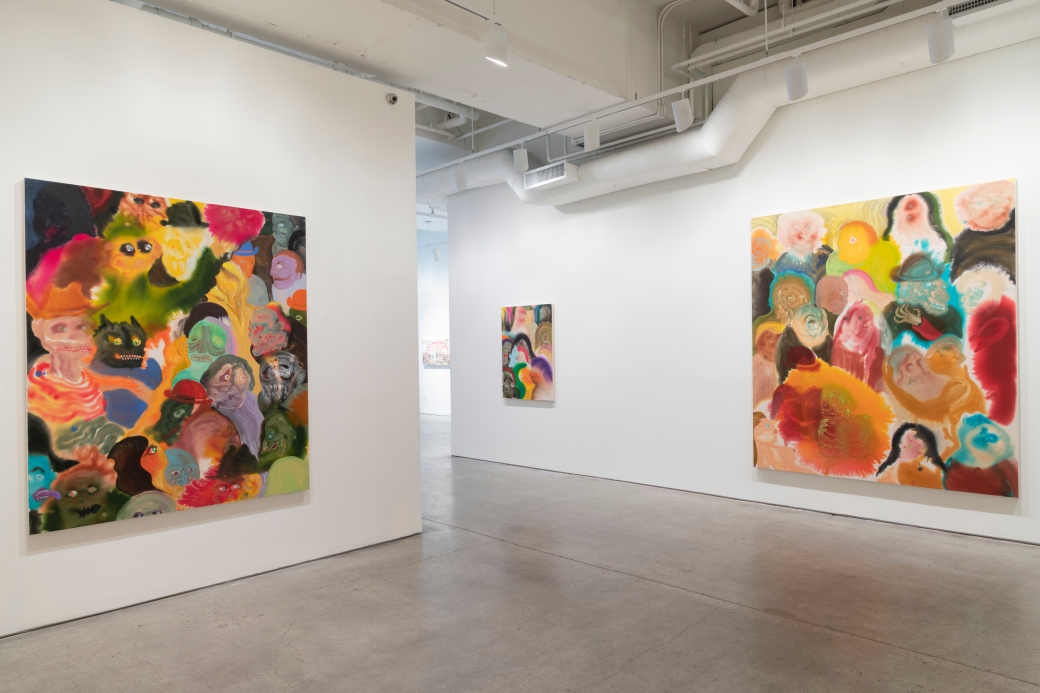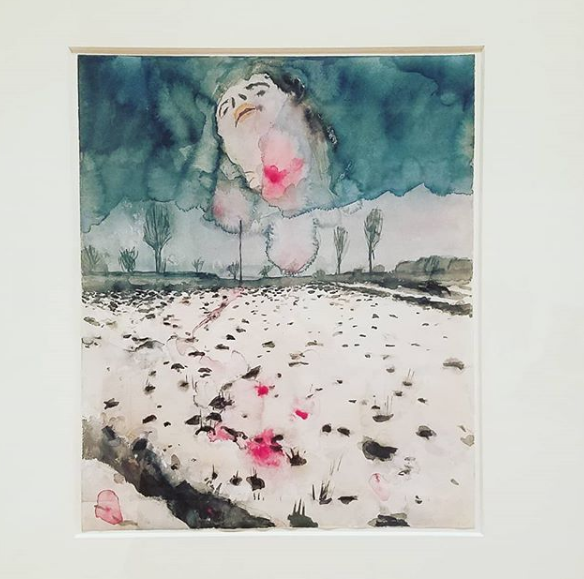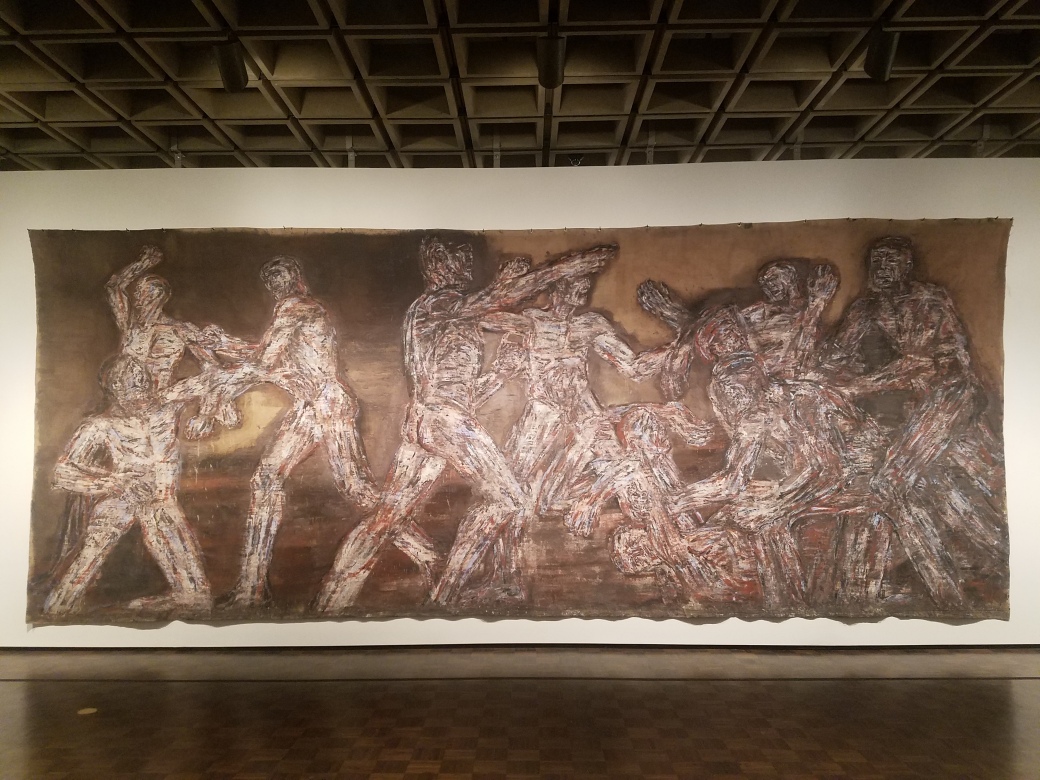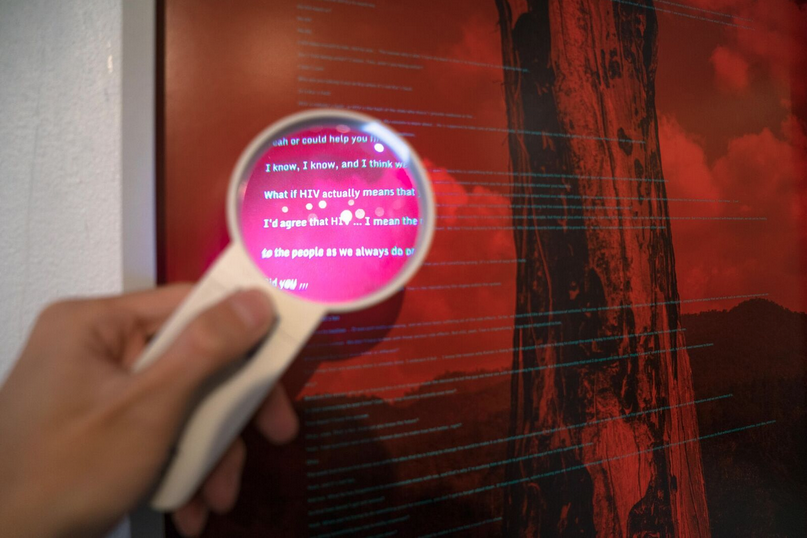
Detail of A conversation between Theodore (ted) Kerr, Kairon (kai) Liu, Tree and maybe someone else #100402018, 2018, Kodak C-print, 20 x 24 inches (framed). Courtesy of the artist
Our DNA, the map of our genetic information (our growth, development, functioning, and reproduction), is 99.9% the same for each and every one of the 7+ billion people living on Earth. That said, while we share common genetic bonds, our social, cultural, and emotional experiences are unique. This duality is significantly addressed by two of the foremost figures in developmental psychology: Jean Piaget (1896-1980) and Lev Vygotsky (1896-1934). The research of Piaget and Vygotsky signified that it is a combination of ‘Nature’ and ‘Nurture,’ that accounts for a person’s development. In other words, while we all have the natural ability to learn and develop, how we perceive the world largely depends on our experience and education.
Being that we are so similar in our genetic makeup, yet different due to our cultural uniqueness, the way we address issues that affect health and well – being can be complex and problematic. For example, one of the greatest stigmatized health related issues of the modern era is HIV/AIDS. The fact that HIV is a stigma among civilization is ironic, because a person who is infected can look and feel perfectly fine and may not even know they have the virus for many years. Furthermore, medical breakthroughs have greatly enhanced the prognosis and care for those infected with the virus. With medicine and regimen, an HIV+ person can live a long and healthy life. In spite of all this, cultural perspectives of HIV/AIDS still discriminate against the individuals living with the virus. Judgemental viewpoints and lack of empathy for individuals living with HIV can be far more traumatic and damaging than the actual virus.
If there is one thing that should be made perfectly clear regarding nearly all physiological concerns, it is that viruses like HIV don’t discriminate and human bodies are ample hosts to these viruses despite a person’s gender, sexual identity, race, or economic status. It is this denial, coupled with sexual and racial biases, that contributes to the greater failure of HIV/AIDS awareness. Society’s struggle to come to terms with the social and cultural issues surrounding HIV/AIDS is clear based on the lack of empathy and understanding for those living with HIV.
Continue reading →
